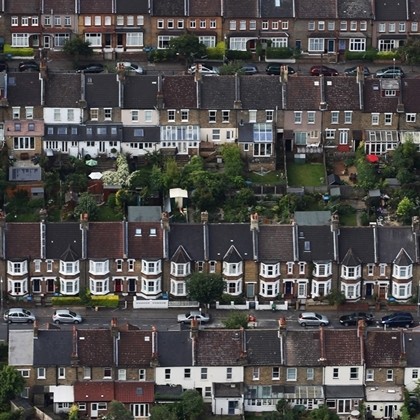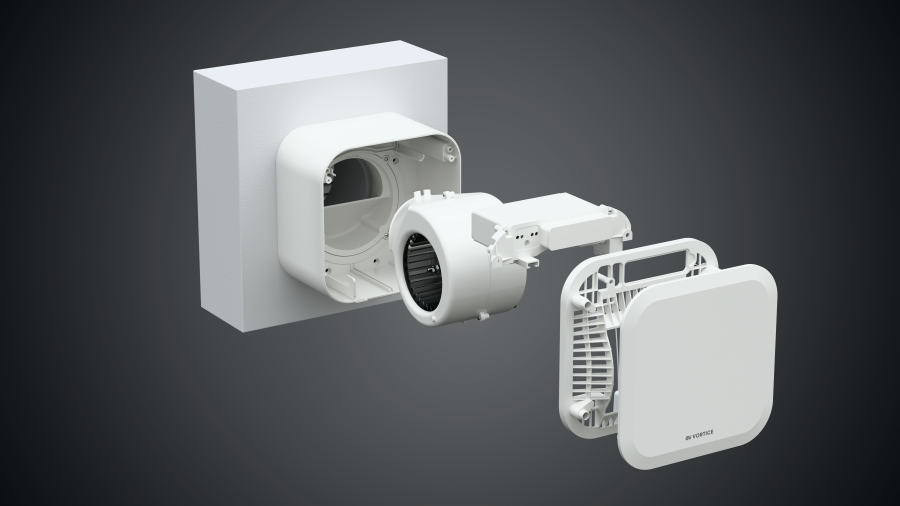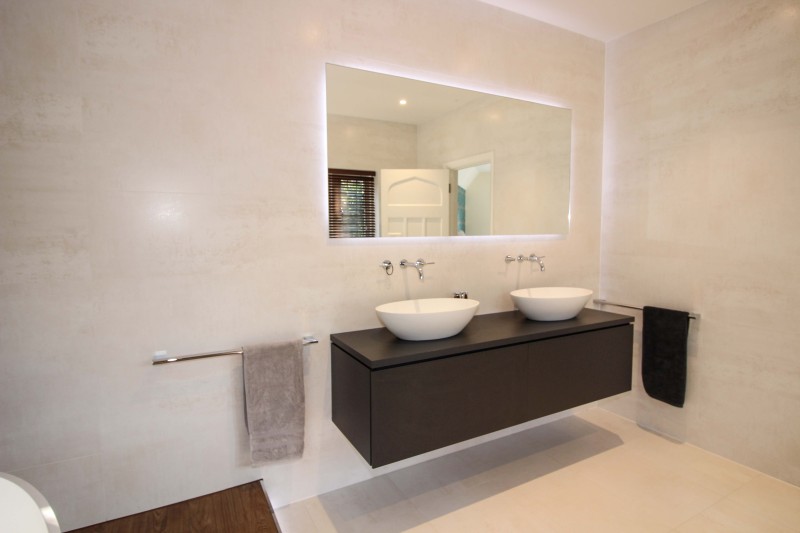
A new study by BRE and the Race Equality Foundation concludes that investing in housing improvements among minority ethnic households in England not only has a significant positive impact on health and wellbeing, but also makes economic sense as it reduces financial costs for the NHS and society as a whole.
Using English House Survey (EHS) data, the report includes a profile of the types of homes occupied by minority ethnic households and their white counterparts.
It notes in particular that England's 2.2 million minority ethnic households are more likely to rent and live in flats, and about a quarter are living in the oldest pre 1919-built homes, a lot of which tend to be in a poor condition.
For the first time, Housing Health and Safety Rating System (HHSRS) information from the EHS and NHS data on the outcomes of housing hazards has been used to quantify the cost of poor housing among minority ethnic households to both to the NHS and wider society.
Any home that had any of the most serious (Category 1) HHSRS hazards was classified by the research as poor housing. It found that around 15% of minority ethnic households live in poor housing. Notably, in private sector homes, 18% live in poor housing compared to 8% in public sector homes. If this poor housing is not remedied, the estimated total annual treatment cost to the NHS is around £52 million per year.
Ratna Dutt, CEO of the Race Equalities Foundation said ‘If we take into account other factors such as consequent reduced educational achievement, lost income, higher insurance premiums and higher policing and emergency services, the full cost to society is estimated to be some £129 million per year – this is very significant and something we need to address’
Ultimately, the report highlights that investment in housing not only improves people’s health and life chances but also makes sound economic sense by saving public money in the long term.
Citing the example of BRE's Housing Health Cost Calculator as a tool for calculating how much can be saved through improvements, the research demonstrates how investment in poor housing both enhances the lives of minority ethnic households and saves on the costs of NHS treatment for illnesses and injuries, sometimes within a relatively short period. It shows that simple home safety improvements, such as handrails on dangerous stairs and steps and better home security, are very cost-effective. In some instances basic energy efficiency improvements to the home of a fuel-poor household can reduce fuel bills and pay back in saved NHS treatment costs. These benefits will continue to accrue into the future.
the paper is based on a 2009 – 2011 survey of around 22,000 households nationwide. To download the paper click here www.better-housing.org.uk




















